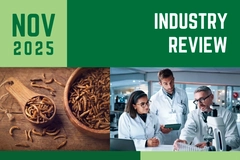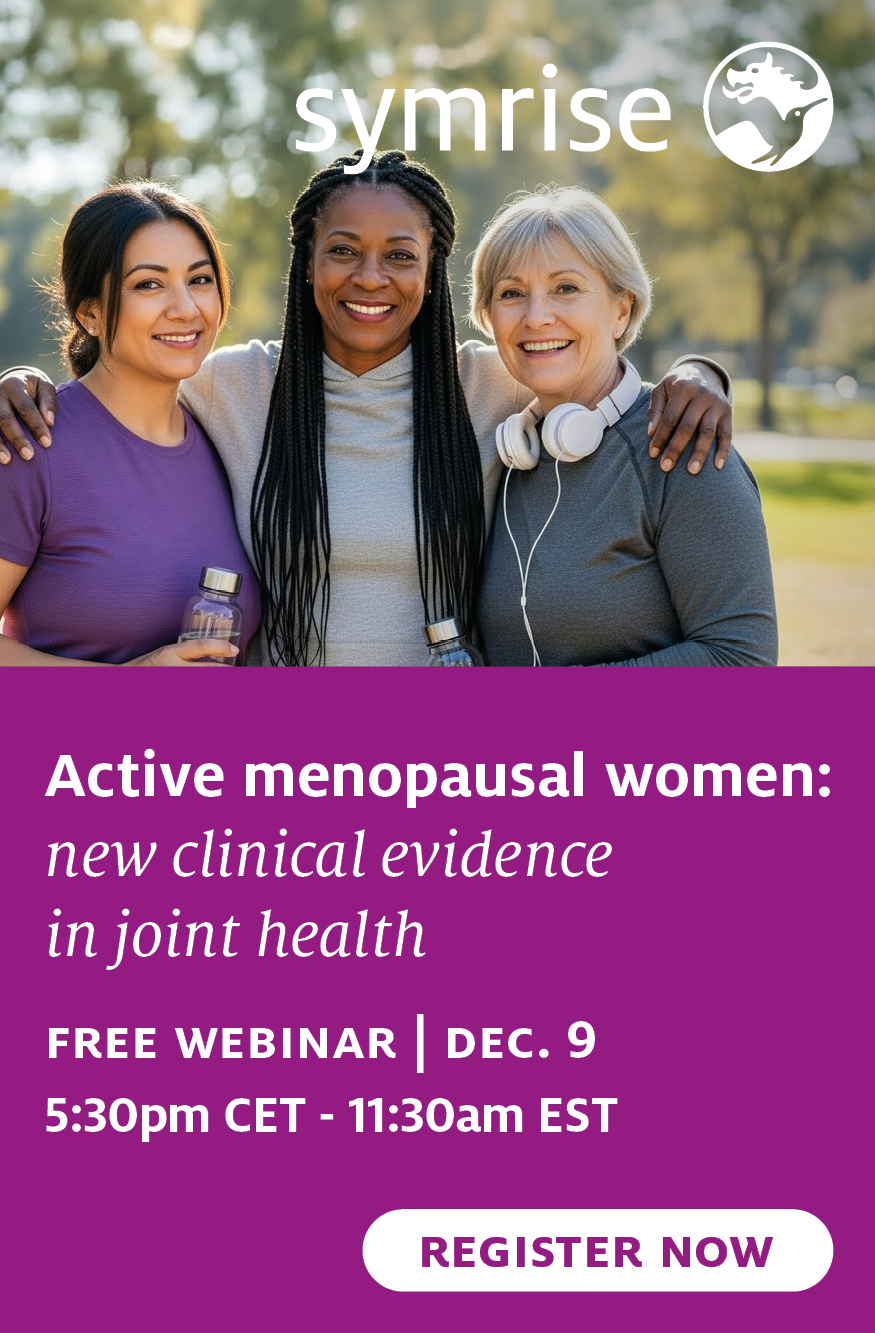EUFIC on how to communicate healthy and sustainable nutrition to vulnerable EU consumers

28 May 2024 --- The European Food Information Council (EUFIC) has released recommendations for nutrition communication based on a new study exploring “Which messages about healthy and sustainable eating resonate best with consumers with low socioeconomic status (SES)?”
“Low SES is associated with lower access to health information, limited trust in such information and lower health literacy, and these factors partly explain why low SES consumers tend to have worse diet quality and poorer health,” says Dr. Katerina Palascha, senior research Manager, EUFIC.
The report further states that low SES consumers in the EU also tend to consume less environmentally sustainable diets, which the researchers attribute “at least in part” to inequalities in health communication.

The data for the study was collected from low SES consumers recruited at two “social supermarkets” by social service organizations. Researchers assessed the effectiveness of targeted communication material (infographics) and healthy and sustainable eating (HSE), finding that the materials were “moderately effective in increasing motivation, capability and opportunity” of HSE.
Recommendations
Based on the focus group surveys, the EUFIC and the Italian Caritas Trieste charitable foundation present tailored infographics to be tested in a larger pool of consumers with low SES in an online survey involving 134 Italian consumers.
The nutrition communication guidelines are aimed at science communicators, researchers, health professionals, journalists, NGOs and policymakers working alongside low SES communities.
 Low SES is associated with lower access to health information, limited trust in such information and lower health literacy.The first of the twelve recommendations concerns the need for communicators to “know the target audience,” meaning that not all low SES consumers respond the same, as revealed through the study. The collected data suggests that while native Italian respondents were receptive to explanations about HSE, migrant communities were less responsive.
Low SES is associated with lower access to health information, limited trust in such information and lower health literacy.The first of the twelve recommendations concerns the need for communicators to “know the target audience,” meaning that not all low SES consumers respond the same, as revealed through the study. The collected data suggests that while native Italian respondents were receptive to explanations about HSE, migrant communities were less responsive.
Secondly, the relevant stakeholders should remain vigilant of the barriers faced by the target audience, such as skills in cooking and other more urgent obstacles faced in everyday life.
Another recommendation calls for greater understanding of the audiences’ food environments, including the limited availability of healthy and sustainable food items at food banks, with 46% of food bank customers reporting they only sometimes, rarely or never find fresh fruit and vegetables.
Communication is key
Messages about HSE should be chosen carefully, as certain framings are more likely to be impactful than others. Communication about the food-related risks of climate change is shown to be more likely to lead to a change in behavior compared to general recommendations on HSE or HSE on a budget.
The information should also be presented in a “non-patronizing” way and in the necessary context, as the EUFIC recommends.
Communicators are also advised to “explore ways to increase the trustworthiness of information,” as limited trust is highlighted as a “real barrier” to low SES consumers, especially those with lower educational achievements and migrant groups.
Budget should also be a key consideration, as it is frequently outlined as being the most important determinant of food choice for the people in question.
 Budget is most frequently outlined being the most important determinant of food choice for the low SES people.Low SES consumers are said to be, on average, less knowledgeable about sustainability, while they are more likely to focus on issues related to food quality and its impact on health. For this reason, the EUFIC calls on stakeholders to “raise awareness about the importance and benefits of sustainable eating.”
Budget is most frequently outlined being the most important determinant of food choice for the low SES people.Low SES consumers are said to be, on average, less knowledgeable about sustainability, while they are more likely to focus on issues related to food quality and its impact on health. For this reason, the EUFIC calls on stakeholders to “raise awareness about the importance and benefits of sustainable eating.”
Flexibility is another area of focus, as people with lower SES more likely need to adapt to changing circumstances and limited choices of food.
Misconceptions about “unknown brands” that are donated to food banks should be tackled, as consumers often mistrust such items and see them as inferior. The similarities between the same products of different brands should be made clear.
The language barrier is commonly a considerable burden for migrant communities, with 63% highlighting that their access to information about food and nutrition was limited by their language abilities.
Lastly, the overall availability of information should be increased, the organization recommends. This could be achieved with the help of social workers and organizations that work with vulnerable communities.
“Making information about healthy and sustainable eating accessible, understandable and relevant to vulnerable consumers who experience poverty could facilitate their transition to healthier and more sustainable diets, thereby improving human and planetary health,” Palascha asserts.
By Milana Nikolova













